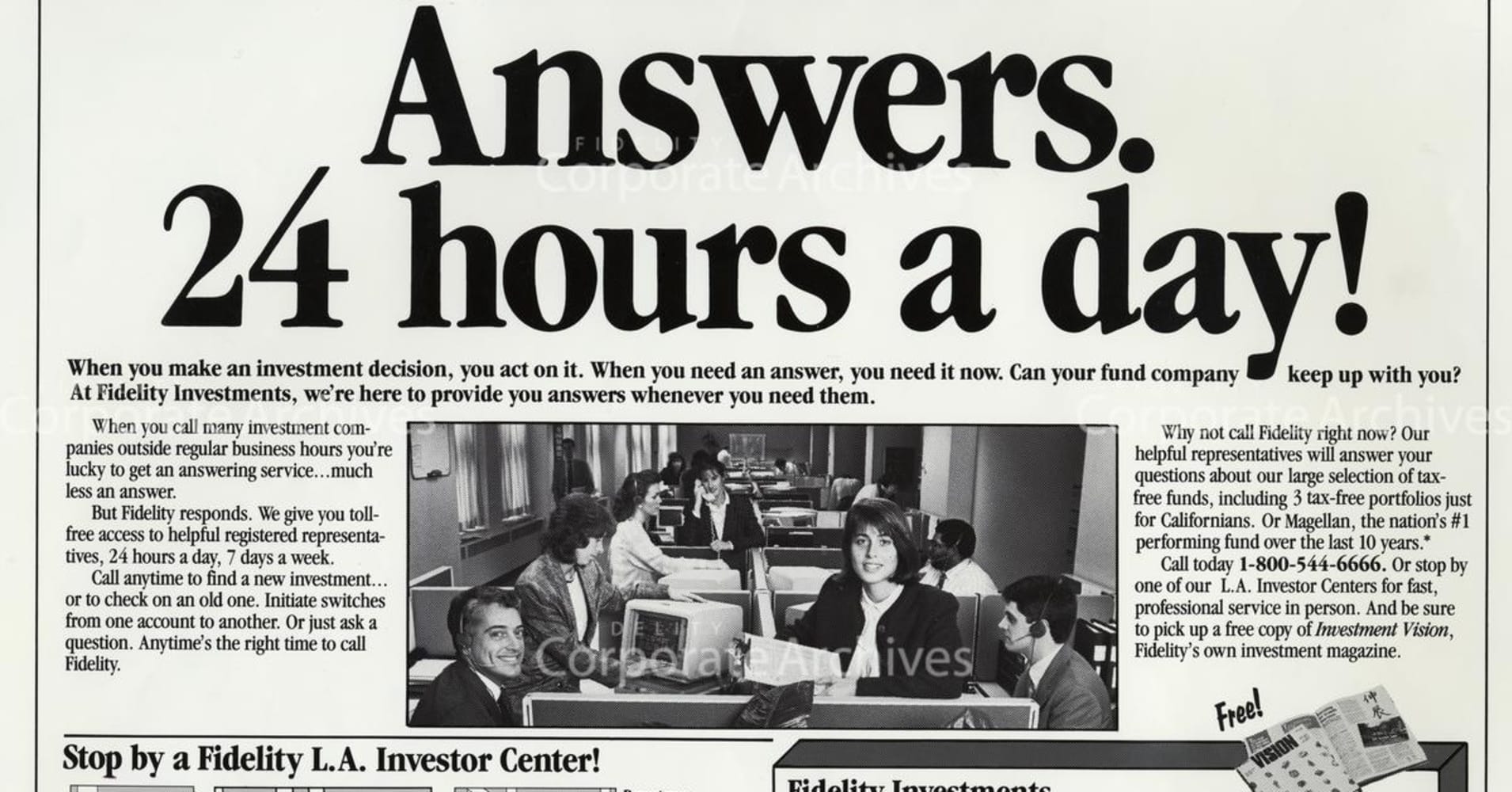
Fidelity recognized the potential in blockchain before it became the corporate buzzword of 2018. CEO Abby Johnson led the charge into cryptocurrency, one of the riskiest and most volatile asset classes of the past year.
“A few plus years ago, myself and a few other senior executives here were just curious about what was going on, particularly with bitcoin,” Johnson said. “We started getting together to say ‘we’re got to understand this.’”
The curiosity led them to start bitcoin “mining,” at a location in New Hampshire when the crypto’s price was around $180.
Flash forward to December of last year when bitcoin rose to almost $20,000, “behold — the price goes up and all the sudden we’re making money, which was never the intent,” Johnson said. She did not specify how much bitcoin has been mined, or how much money Fidelity made.
There’s clear interest in the topic by Fidelity employees. Its blockchain club for employees called “bits and blocks,” hosts seminars, office hours and meet ups, now has roughly 2,600 members.
The company has an arrangement with Coinbase that allows Fidelity customers to check their cryptocurrency balances on the Fidelity mobile app. In 2015, it started facilitating charitable donations in bitcoin.
Many other potential uses for bitcoin and cryptocurrencies have been scrapped by now or “put on the shelf,” Johnson said. “We’re trying to listen to the marketplace.”
In the meantime, Katie Chase, the head of strategy for Fidelity Center for Applied Technology and head of the Blockchain Incubator (which is a part of FCAT), is exploring uses for both private blockchain and enterprise blockchain. Chase could not comment specifically on the projects but said she’s seen massive interest from clients and partners, as well as their own employees.
“It’s still very nascent. All of the stuff that you’re reading about, if you dig under the covers is still in the proof of concept stage,” Chase said. “We tried to apply blockchain to some use cases where we learned a lot but the technology isn’t mature enough to solve these problems.”
For now, the group is more focused on what some of those barriers are, she said. They’re looking at how to “tokenize” physical items, like a piece of art for example, or how to use blockchain in the supply chain space.
“Those are on the shelf, but we think they’ll eventually come off,” Chase said.
Fidelity will be well-equipped when they do. She used the example of Pebble watch, a failure by retail standards but something that paid off for Fidelity. Her group had created an app for the smartwatch, which shut down three years after raising millions through a crowdfunded kickstarter campaign.
When the Apple Watch finally came to market, Fidelity was ready. It used the app developed for Pebble to quickly go live on Apple’s new product.
“We were not betting that the Pebble watch is the next big thing — but in case we have people wearing these things on their wrist, we wanted to be there too,” she said. “It gave us the learning for when the smart watch did go to mass market, and we were able to be there.”
Be the first to comment